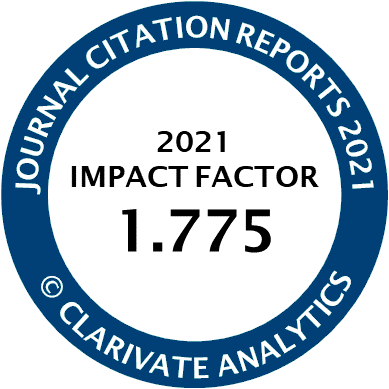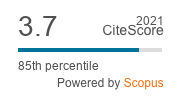Article | Open Access
Democracy and Human Rights: Concepts, Measures, and Relationships
| Views: | 6506 | | | Downloads: | 9071 |
Abstract: The empirical literature on democracy and human rights has made great strides over the last 30 years in explaining (1) the variation in the transition to, consolidation of, and quality of democracy; (2) the proliferation and effectiveness of human rights law; and (3) the causes and consequences of human rights across many of their categories and dimensions. This work has in many ways overcome the ‘essentially contested’ nature of the concepts of democracy and human rights conceptually, established different measures of both empirically, and developed increasingly sophisticated statistical and other analytical techniques to provide stronger inferences for the academic and policy community. This article argues that despite these many achievements, there remain tensions between conceptualisations of democracy and human rights over the degree to which one includes the other, the temporal and spatial empirical relationships between them, and the measures that have been developed to operationalize them. These tensions, in turn, affect the kinds of analyses that are carried out, including model specification, methods of estimation, and findings. Drawing on extant theories and measures of both, the article argues that there must be greater specificity in the conceptualisation and operationalization of democracy and human rights, greater care in the development and use of measures, and greater attention to the kinds of inferences that are made possible by them.
Keywords: administrative data; big data; democracy; events data; human rights; measurement; socio-economic; standards data; statistics; survey data
Published:
© Todd Landman. This is an open access article distributed under the terms of the Creative Commons Attribution 4.0 license (http://creativecommons.org/licenses/by/4.0), which permits any use, distribution, and reproduction of the work without further permission provided the original author(s) and source are credited.



